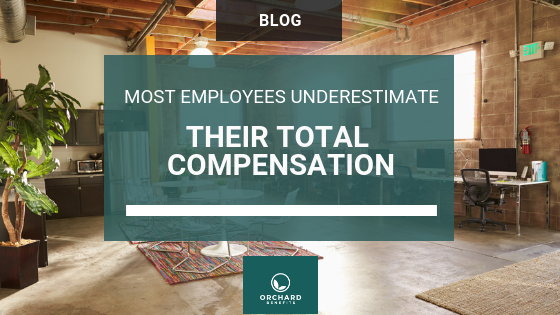This is an article that I previously provided to The Globe and Mail:
If you’re a small business with staffing concerns, you’re not alone: over 50 per cent of business owners are worried about attracting the right candidates, and retaining their key players once they find them. The latter can be especially difficult in the startup space, where high salaries, amazing perks (free bikes! free apartments! free everything!) and recruitment tools like unlimited vacation time and company retreats to Japan can make it difficult to compete for talent.
In this climate, finding a way to keep your employees when they start thinking the grass might be greener somewhere else has never been more challenging. It’s important to show existing staff they’re appreciated, while also finding a way to attract new talent. What many business owners don’t know is that the key to keeping employees satisfied is sitting right under their noses: the total compensation statement.
A total compensation statement is essentially a complete breakdown of everything your company invests in its employees.
This goes beyond simply their salaries to include:
- Total value of insurance and benefits
- Bonuses
- Vacation/sick pay
- Investments in their growth, like event fees or education
- Stocks, stock options or company equity
- Retirement/savings contributions on their behalf
- Wellness programs, like gym memberships or fitness incentives
- Childcare
- Transit and/or parking
In the startup space especially, many employees end up living and breathing your company’s journey each step of the way, and it’s essential to show that same level of care is reciprocated. Not only does a total compensation statement show the bigger picture in terms of a dollar amount you’ve invested in an employee, it also illustrates that your involvement in their lives doesn’t begin and end at the office. The right benefits plan, detailed in the Total Compensation Statement, shows that you care about every facet of their lives, from fiscal planning to health care to their family’s well-being.
It’s helpful to provide both a bird’s-eye-view figure and a deeper dive into the details of each point. For example, many employees don’t understand their health benefits, or make little use of them, essentially leaving their money on the table at the end of each year. Highlighting these points can reveal a hidden raise which can change their view of their compensation for the better.
On the other side of the coin, employers shouldn’t inflate the statement with numbers that may not be applicable, such as highlighting a transit subsidy to an employee who lives within walking distance of your office. This can actually create a negative perception that you’re trying to pull the wool over their eyes or that the workplace you’ve built isn’t designed for them. Highlight the ways you’ve invested in each employee, and personalize each report while being transparent and truthful.
The total compensation statement can also be incorporated into the recruitment process. Many companies don’t offer this during the hiring process, so it will set you apart from the competition. You’ll be illustrating that your company culture is about taking care of your employees, and your offer will stand head and shoulders above one that highlights salary alone. This is especially true if you have in-demand perks like education grants, comprehensive medical coverage, or paid leave.
The last and perhaps most important thing is to ensure your total compensation statement is up-to-date. Chances are, your benefits and office perks will change as your company grows, so highlighting the statement as a whole when these changes are implemented is a great best practice to keep the content fresh for your staff. At minimum, you should issue a report at the end of each year, but talking it over during staff meetings, quarterly reviews, or at key career points like promotions or parental leave will also reinforce the message that your staff’s compensation goes far beyond their salary.
The most effective part of the total compensation statement is that most employees vastly underestimate the figure. Even if your staff isn’t looking for work elsewhere, it’s a pleasant surprise and can boost morale to show that their compensation is higher, and more comprehensive, than they thought.







 Toronto, ON, Canada
Toronto, ON, Canada




